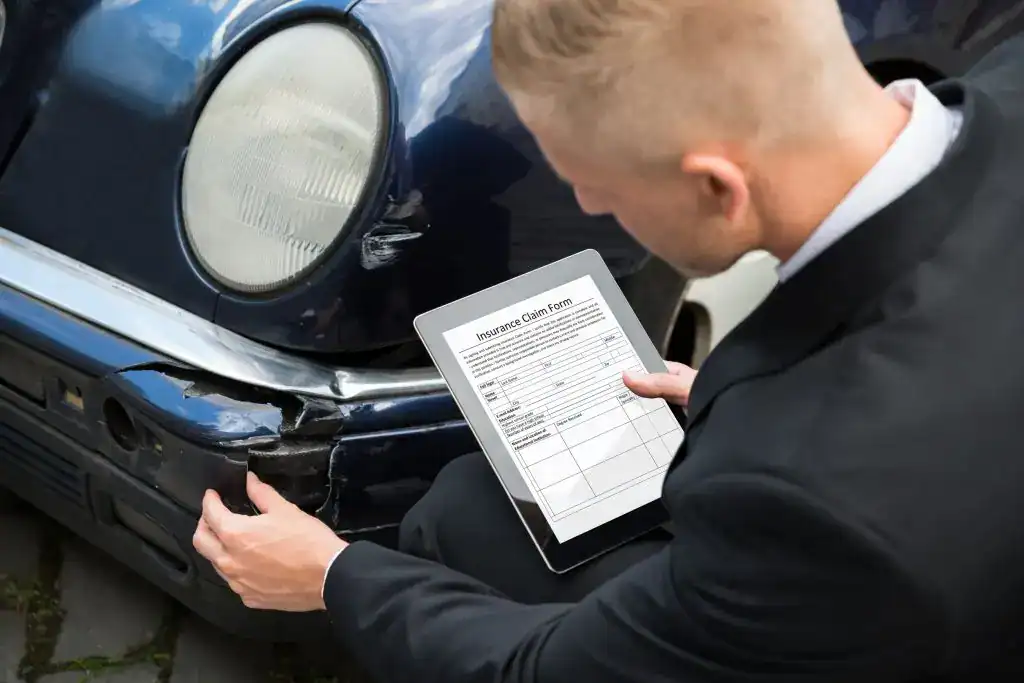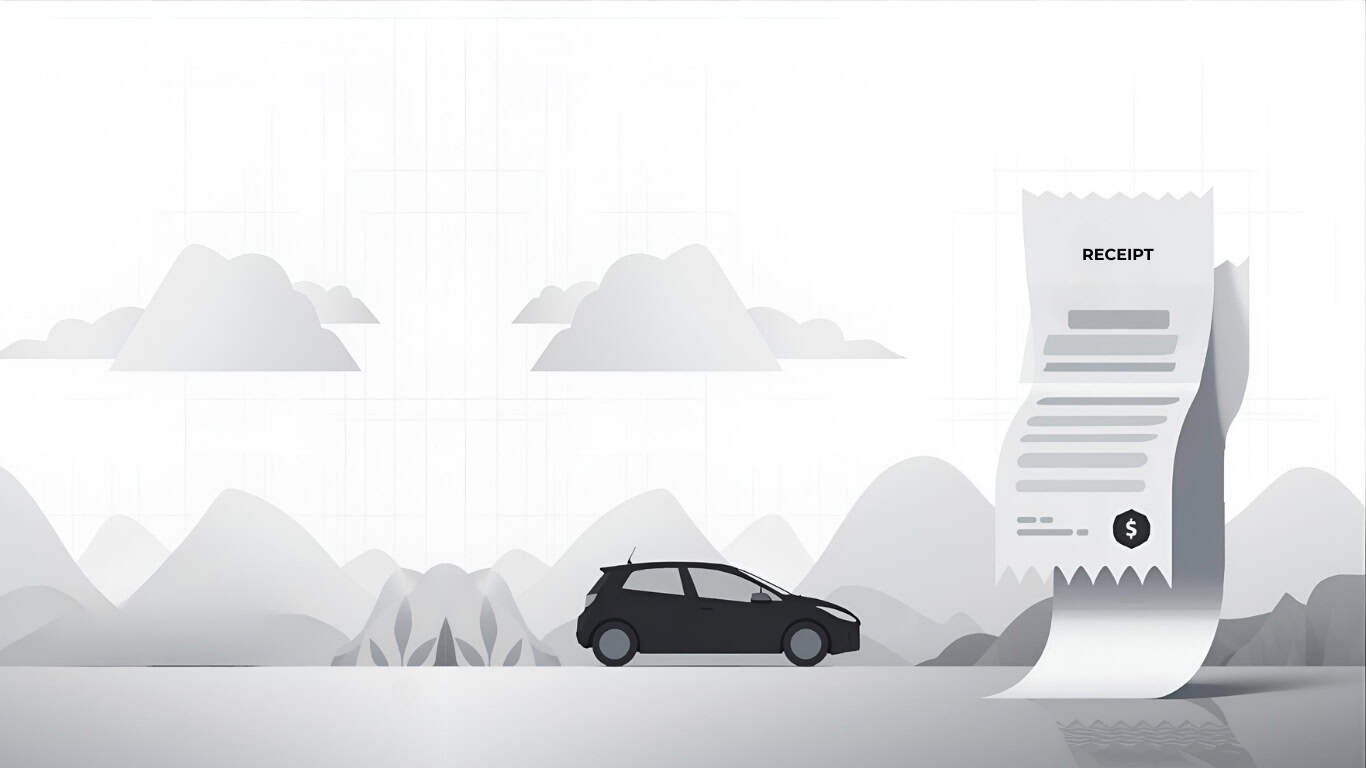When you’re dealing with the total loss of a vehicle, the last thing you need is a headache over paperwork. If you’ve invested in GAP (Guaranteed Asset Protection) insurance, it’s designed to cover the “gap” between what your car insurance pays out and what you still owe on your loan. To make this process smoother, it’s essential to have all your documents in order. Here’s a breakdown of what you’ll typically need.
Key Documents for Your GAP Insurance Claim
The specific documents required for a GAP insurance claim can seem extensive, but they each play a crucial role in processing your claim efficiently. Here’s what you’ll generally need to gather:
From Your Financial Institution/Lienholder
- Payment History: You’ll need a statement detailing all your payments from the loan’s start to the date of the loss. This should include the principal balance after each payment, along with the dates and amounts of all transactions and your account number.
- Payoff Letter: Request a statement that includes the Financial Institution/Lienholder’s name, payoff address, account number, the original amount financed, the APR, and your monthly payment amount.
- GAP Contract: This document, sometimes called a GAP Addendum or GAP Waiver, outlines the terms and coverage details of your GAP policy. Ensure you provide all pages, front and back.
- Retail Installment Contract: Also known as a Finance Contract, this document specifies the payment terms of your vehicle loan.
- MSRP Invoice (for New Vehicles): If you purchased a new vehicle, provide the Manufacturer’s Invoice or Window Sticker. This verifies the retail price, specific vehicle information, and any included options.
- Dealer Bookout Sheet (for Used Vehicles): For used vehicles, this document, sometimes known as a Kelley Blue Book or NADA sheet, verifies the retail price, vehicle information, and options.
- Buyer’s Order: Also referred to as a Bill of Sale or Purchase Agreement, this document summarizes the purchase, including the agreed price and any additional products. Note that this might not be required for vehicles purchased in California or in Texas if a Buyer’s Order wasn’t provided.
- APR Letter (If Applicable): If your APR was modified, include any letters from your Financial Institution/Lienholder explaining the change.
From Your Insurance Company

- Insurance Settlement Check: Provide proof of the payment from your insurance company. This might be a copy of the settlement check or a payment history showing the settlement amount.
- Settlement Breakdown: This document details how the settlement was calculated, including the vehicle’s base value, taxes, fees, adjustments, and your deductible.
- Evaluation Report: This report explains how your insurance company determined the vehicle’s value, including any adjustments for mileage or options.
- Police/Theft Accident Report: Include a copy of the police report, which should contain the names of parties involved, the date and location of the incident, vehicle identification, and a description of what happened.
- Primary Carrier Denial or Lapse Letter: If your insurance claim was denied or your insurance lapsed, provide this letter from your insurance company.
- Declaration Page (If Requested): This document from your auto insurance company shows your coverage limits and deductible.
Additional Important Documents
- Vehicle Appraisal: An official appraisal that details the cash value of your vehicle at the time of the incident. This is often included in the insurance company’s Evaluation Report, but having a separate appraisal can be beneficial.
- Repair Estimate (Total Loss Verification): A professional repair estimate that demonstrates the vehicle was deemed a total loss. This estimate should clearly state that the cost of repairs exceeds the vehicle’s value.
From Your Dealership

- Refund Checks and Copies of All Contracts Purchased: Provide copies of any refunds for cancellable items. If any items are non-cancellable, obtain a written statement from the dealer. Also, include copies of contracts for any products included in the vehicle’s financing, such as service contracts or theft deterrents.
From You (The Policyholder)
- Cause of Loss Statement: Submit a written and signed statement describing the events that led to the total loss.
- Claim Form: If you didn’t submit your claim online, you’ll need to provide a filled-out claim form.
Important Notes
- Personalized Checklist: After you submit your claim form, the GAP Claims Department will send you a personalized checklist for your specific claim.
- Questions: If you have any questions, you can contact the GAP Claims Department at (833) 823-4501 or via email at: connect@appraisalengine.com
By gathering these documents, including the vehicle appraisal and repair estimate, you’ll be well-prepared to file your GAP insurance claim and navigate the process more smoothly.
Sources and related content





